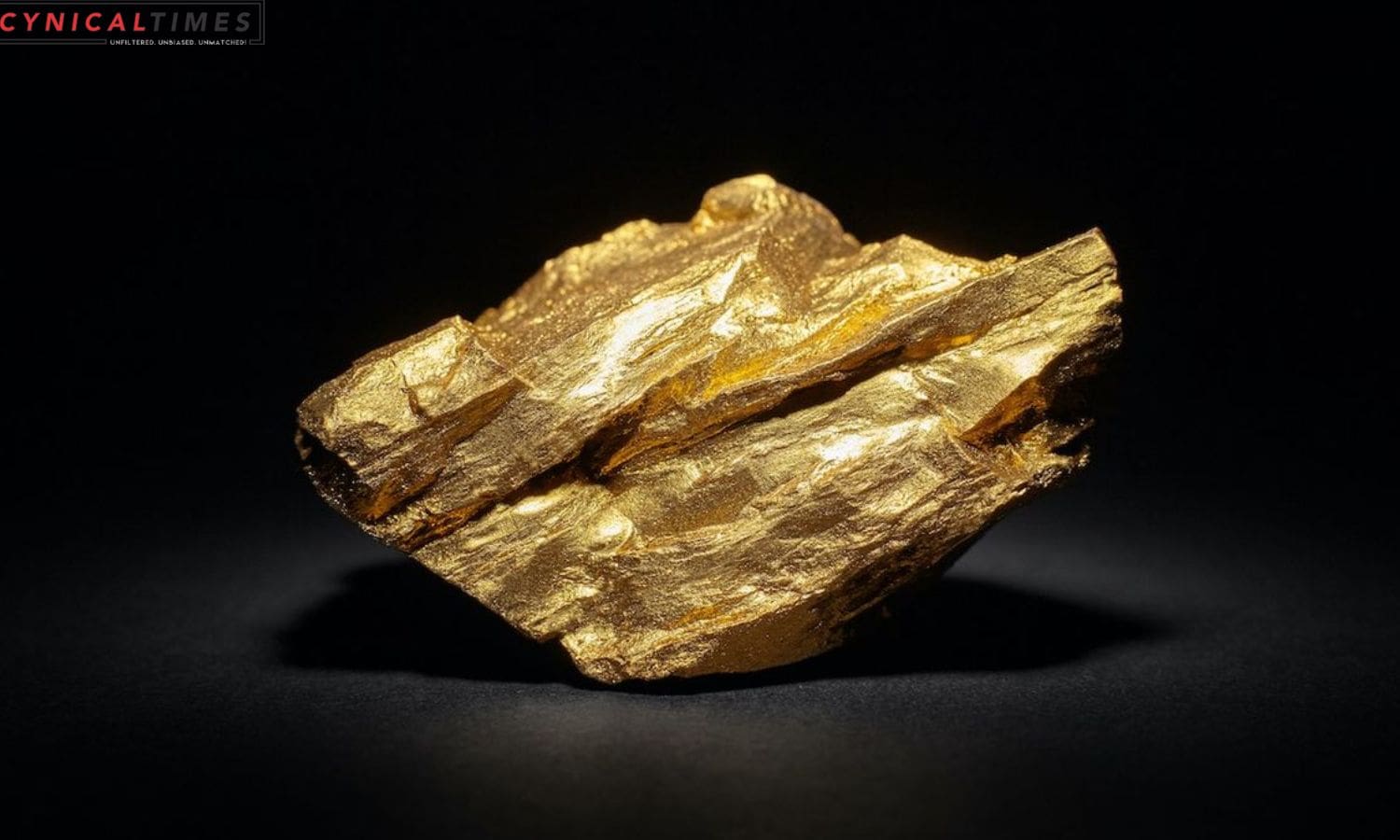Unearthing Cosmic Gold: David Hole’s pursuit of gold in Maryborough Regional Park took an unexpected turn in 2015 when he stumbled upon a peculiar heavy, reddish rock buried in yellow clay. Equipped with a metal detector, Hole believed he had uncovered a gold nugget, driven by the region’s historical ties to the 19th-century Australian gold rush. Despite relentless attempts with tools ranging from rock saws to acid, the mysterious rock resisted all efforts to reveal its contents.
Years later, the truth emerged – what Hole had discovered was no gold nugget but a rare meteorite. Melbourne Museum geologist Dermot Henry noted its sculpted, dimpled appearance, characteristic of meteorites shaped by the Earth’s atmosphere during their descent. Intrigued, unable to crack open the enigmatic rock, Hole sought identification at the Melbourne Museum.
Geologists at the museum, after extensive examination, confirmed the 4.6 billion-year-old meteorite’s rarity. Dubbed Maryborough, it weighed an impressive 17 kilograms, showcasing high iron composition, categorizing it as an H5 ordinary chondrite. A diamond saw revealed crystallized droplets of metallic minerals, known as chondrules, providing a glimpse into the meteorite’s formation.


Also Read: Stargazing Dreams Susan Murabana Cosmic Odyssey Inspiring Africa’s Young Minds
In a scientific paper, researchers highlighted the meteorite’s significance, emphasizing its role in offering clues about the Solar System’s age, formation, and chemistry. Meteorites, they explained, serve as a cost-effective means of space exploration, transporting valuable insights about our cosmic history.
While the exact origin and duration of Maryborough’s presence on Earth remain unknown, researchers speculate it likely originated from the asteroid belt between Mars and Jupiter. The meteorite’s estimated age on Earth, based on carbon dating, falls between 100 and 1,000 years, aligning with historical meteor sightings between 1889 and 1951.
In terms of rarity, Maryborough surpasses gold, standing as only the 17th meteorite recorded in Victoria, Australia. It holds the distinction of being the state’s second-largest chondritic mass, following a substantial 55-kilogram specimen identified in 2003. Geologists note the extraordinary chain of events that led to Maryborough’s discovery, emphasizing its astronomical rarity.
The story of Maryborough adds another fascinating chapter to the tales of unexpected meteorite discoveries, showcasing the mysteries hidden within seemingly ordinary rocks and reminding us to remain curious about the celestial treasures that may lie in our own backyards.

